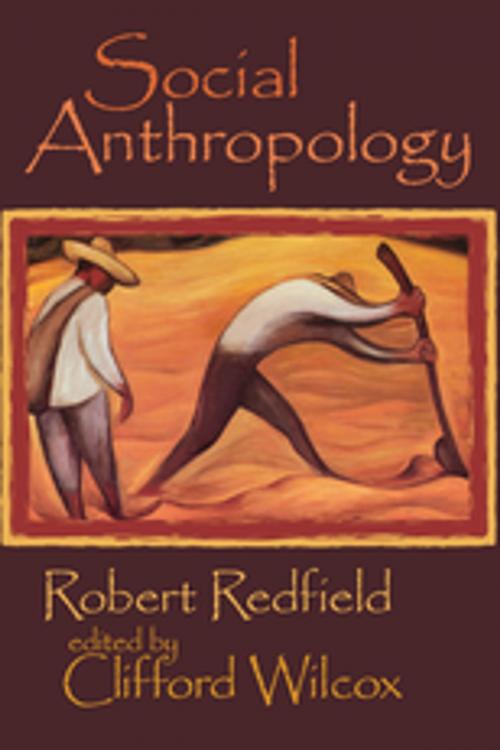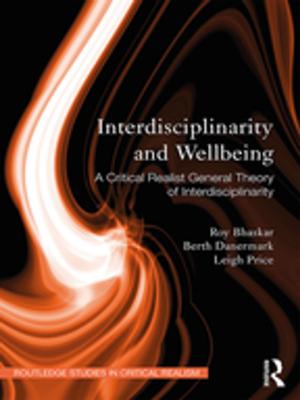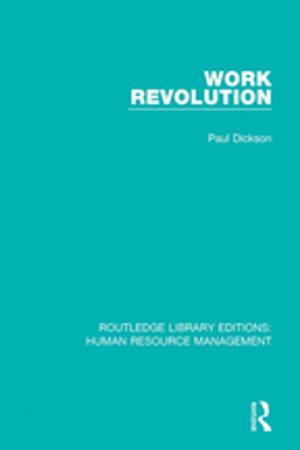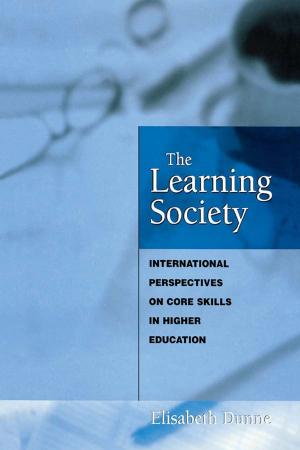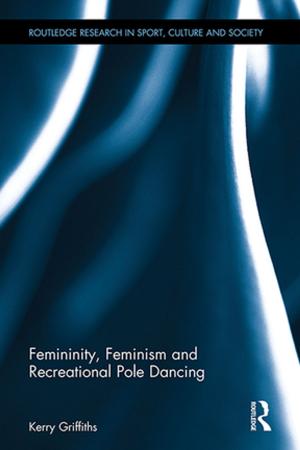Social Anthropology
Robert Redfield
Nonfiction, Social & Cultural Studies, Social Science, Anthropology| Author: | Clifford Wilcox | ISBN: | 9781351490566 |
| Publisher: | Taylor and Francis | Publication: | July 28, 2017 |
| Imprint: | Routledge | Language: | English |
| Author: | Clifford Wilcox |
| ISBN: | 9781351490566 |
| Publisher: | Taylor and Francis |
| Publication: | July 28, 2017 |
| Imprint: | Routledge |
| Language: | English |
Robert Redfield is remembered today primarily as an anthropologist, but during his lifetime Redfield's cross-disciplinary activity reflected a strong interest in infusing anthropological practice with sociological theory. Like a handful of other anthropologists, including A.R. Radcliffe-Brown and Bronislaw Malinowski, who shared his interests during the 1920s through 1930s, his works came to define a new subfield known as social anthropology.Redfield was distinct in being one of the first Americans to devote himself seriously to social anthropology, a field dominated initially by British scholars. He spent his career at the University of Chicago, and his anthropology bore the distinct mark of sociology as developed and practiced at that institution. Indeed, Redfield played a major role in defining what has been called the second Chicago school of sociology. This volume brings together Redfield's most important contributions to social anthropology.During the 1920s, sociology and anthropology constituted a single department at the University of Chicago. Although most students concentrated on sociology or anthropology, Redfield chose to pursue both fields with equal intensity. He adopted as his central interest the leading problematic of the 1920s: the study of social change. Chicago School sociologists approached social change by examining zones of rapid transition within the city, for example, areas populated by recently-arrived immigrants, with the goal of elucidating general principles or dynamics of social transition.Redfield's work can be seen as falling into three distinct theoretical categories: (1) the study of social change or modernization; (2) peasant studies; and (3), the comparative study of civilizations. Drawing from articles, book excerpts, and unpublished papers and letters, this work presents Redfield's central contributions in each of these areas. Seen as a whole, this volume traces Redfield's seminal contributions to the early development of mo
Robert Redfield is remembered today primarily as an anthropologist, but during his lifetime Redfield's cross-disciplinary activity reflected a strong interest in infusing anthropological practice with sociological theory. Like a handful of other anthropologists, including A.R. Radcliffe-Brown and Bronislaw Malinowski, who shared his interests during the 1920s through 1930s, his works came to define a new subfield known as social anthropology.Redfield was distinct in being one of the first Americans to devote himself seriously to social anthropology, a field dominated initially by British scholars. He spent his career at the University of Chicago, and his anthropology bore the distinct mark of sociology as developed and practiced at that institution. Indeed, Redfield played a major role in defining what has been called the second Chicago school of sociology. This volume brings together Redfield's most important contributions to social anthropology.During the 1920s, sociology and anthropology constituted a single department at the University of Chicago. Although most students concentrated on sociology or anthropology, Redfield chose to pursue both fields with equal intensity. He adopted as his central interest the leading problematic of the 1920s: the study of social change. Chicago School sociologists approached social change by examining zones of rapid transition within the city, for example, areas populated by recently-arrived immigrants, with the goal of elucidating general principles or dynamics of social transition.Redfield's work can be seen as falling into three distinct theoretical categories: (1) the study of social change or modernization; (2) peasant studies; and (3), the comparative study of civilizations. Drawing from articles, book excerpts, and unpublished papers and letters, this work presents Redfield's central contributions in each of these areas. Seen as a whole, this volume traces Redfield's seminal contributions to the early development of mo
